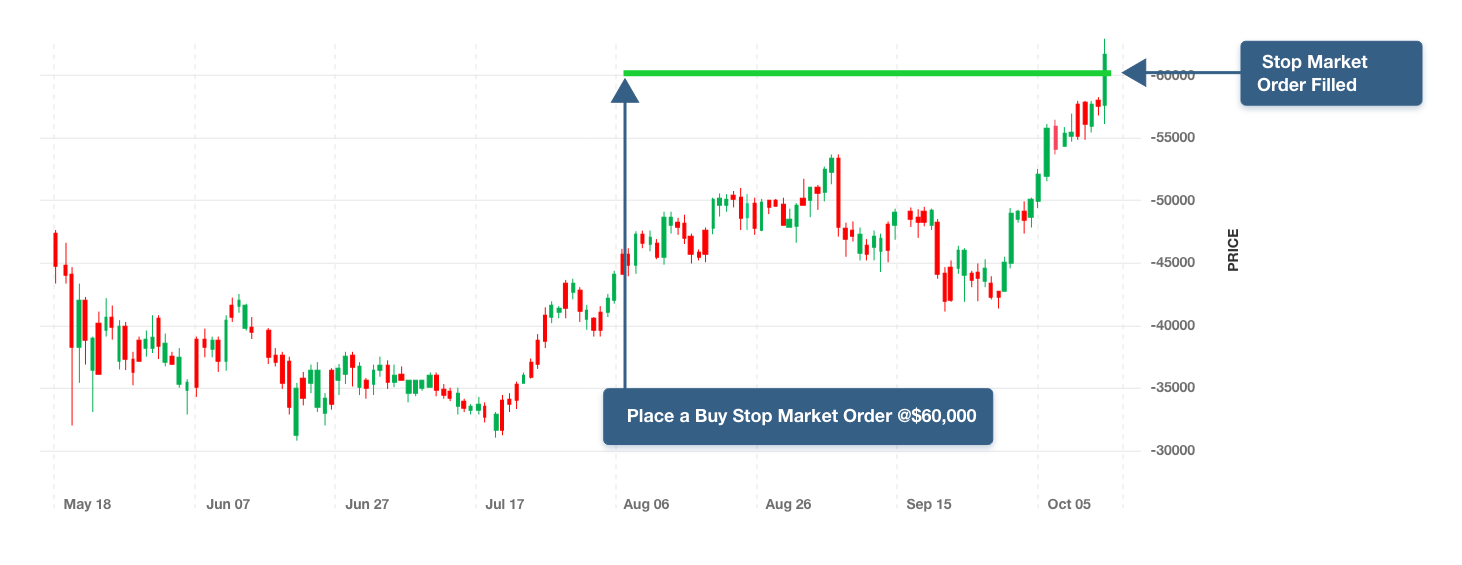What is the Market Price Order?
A market order is a type of order executed immediately at the current market price, allowing an investor to buy or sell a security or commodity without specifying a price. Market price orders are among the most commonly used types of orders, favored by investors who prioritize transaction speed over specific price points. This type of order ensures swift execution but may result in a transaction price that differs from the expected price due to market fluctuations during execution. Overall, market price orders are ideal for investors needing to trade quickly without concern for price changes.

New and Old Trading Rules
Old version
The "Trading Rules" stipulate that there is only one type of limited price order, and the new version of the "Trading Rules" adds two types of market price orders: 1) Five level transactions, the remaining ones are cancelled; 2) Five rounds of transactions, remaining to limit price.
New edition
The provisions of the Trading Rules regarding the content of market price orders include 3.4.3, 3.4.4, 3.4.5, and 3.4.6. Article 3.4.3 indicates that in addition to providing traditional limited price orders, this exchange can also provide market price order types; Article 3.4.4 stipulates two types of market price orders and their transaction principles; 3.4.5 indicates the scope of application for market price orders; Article 3.4.6 stipulates the declaration information that market price orders should include. The specific interpretation is as follows:
1. The scope of application of market price orders (Article 3.4.5): 1) Securities with price fluctuation restrictions; 2) Continuous bidding stage.
2. Why do we need market price orders. Because there is a certain delay in the transmission of real-time market conditions and orders, when the market changes rapidly, when investors observe the market and submit limit orders to the trading system, orders that were originally thought to be tradable may become difficult to close. Market price orders can overcome the limitation of limited price orders, and transactions are made in real-time based on the market situation at the moment when the order enters the trading system.
3. The price characteristics of market price orders: limited to five prices, orders can be traded with up to five quotations in the market disclosure window. For example, a market price order in a buying direction can be traded up to the quotation position of selling five, and this market price order cannot be traded with the quotation volume of selling six.
4. Order of transactions. Take the market price order of the buying direction as an example to illustrate the principle of market price orders. If the buyer enters the trading system with a market price order, the range of five levels is determined: sell one to sell five when the order enters, and the market price order will be sold one by one. Firstly, the resident order on the first sale will be executed first, and the transaction price will be the first sale price; If the resident orders on Sales 1 are completed, continue to trade with the resident orders on Sales 2... until the market price orders are consumed, or until the resident orders on Sales 5 are consumed.
Overall, market price orders are a very flexible and fast type of order, but due to the uncertainty of transaction prices, investors need to carefully consider whether market price orders are suitable for their investment strategy. At the same time, investors should pay attention to the fluctuation of market price and trading volume when placing market price orders to avoid price slippage or untimely transaction.
【 EBC Platform Risk Reminder and Disclaimer 】: There are risks in the market, and investment needs to be cautious. This article does not constitute investment advice.







